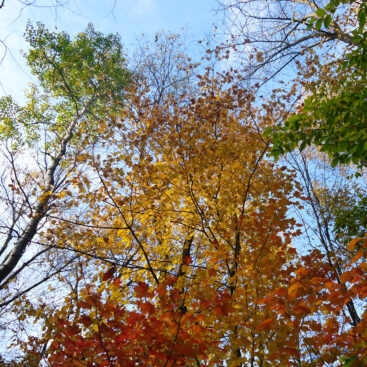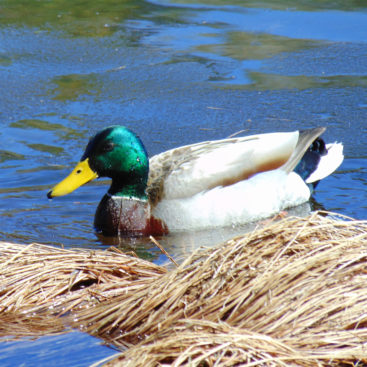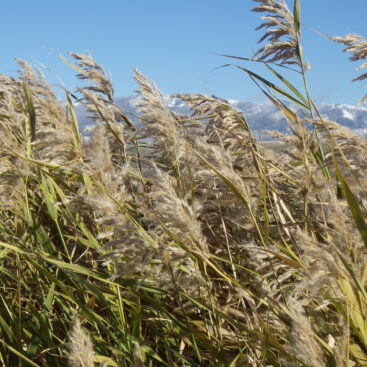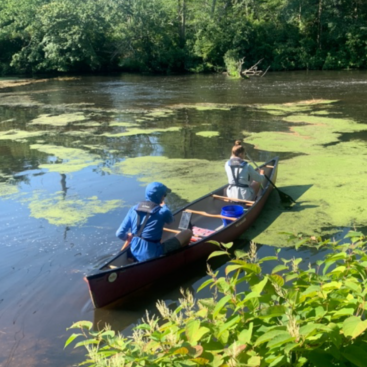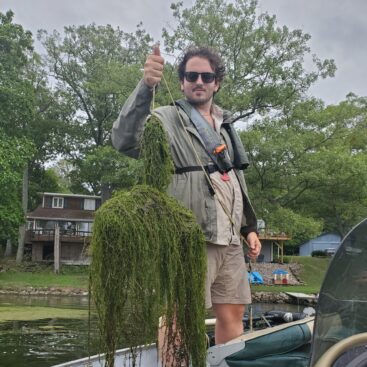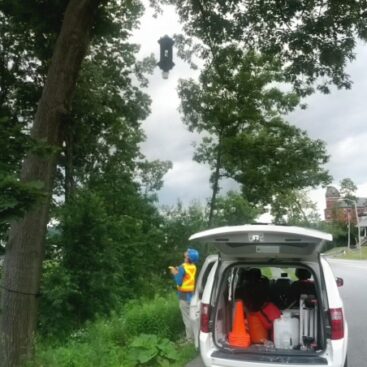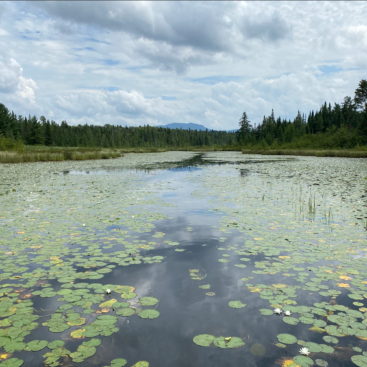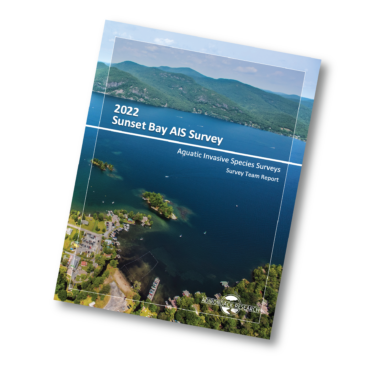We performed an aquatic invasive species (AIS) and native aquatic plant species survey for Waneta and Lamoka Lakes and Mill Pond. This survey was completed as a continuation of a long-term monitoring program for Lamoka and Waneta Lakes to monitor the aquatic plant communities. Since 2008, Lamoka and Waneta Lakes have been treated with herbicides as a management strategy to control Eurasian watermilfoil. Between 2008 and 2017 Lamoka and/or Waneta Lakes were treated with the herbicide Triclopyr. In 2019, Lamoka Lake was first treated with the herbicide Florpyrauxifen-benzyl (trade name ProcellaCOR EC), and both Waneta and Lamoka Lakes in 2020, and then both lakes (including Mud Channel and Mill Pond) in 2021.
Because we continued a macrophyte survey that has been performed in previous years, we used the same survey methodologies. Previous surveys were conducted by Bob Johnson of Racine-Johnson Aquatic Ecologists.
For more information on our qualifications and services, our Qualifications Packet can be accessed via this link: https://www.dropbox.com/s/2jc37h56z4jkb6i/Lake%20Surveys.pdf?dl=0 You can also learn more about Adirondack Research at www.adkres.org. This report is available on our website here.
Adirondack Research was able to complete the following tasks as part of this project:
- Survey Lamoka and Waneta Lakes (including Mud Channel and Mill Pond) at pre-determined survey stations.
- Surveyed and identified all native plant species at point intercept survey stations within a survey design to be consistent with previous years’ surveys to document plant abundance and any changes that may be resulting from the use of the herbicide ProcellaCOR EC.
- Drafted maps showing survey locations in GIS with associated data tables of plant presence and absence/density at each rake toss location.
- Produced this abbreviated report of the described survey effort
Results
Eurasian watermilfoil was the only invasive plant species found in the survey area during our survey. We were able to survey 42 sites in total. Included in this report are a table of native pants species recorded (Table 1) as well as a table (Table 2) and maps (Maps A-D) showing station/site number, survey site depth, overall plant abundance, and survey site abundance per site. Each species identified is also included (Maps 1-16) with plant density and an image of the identified pant.
Waneta Lake
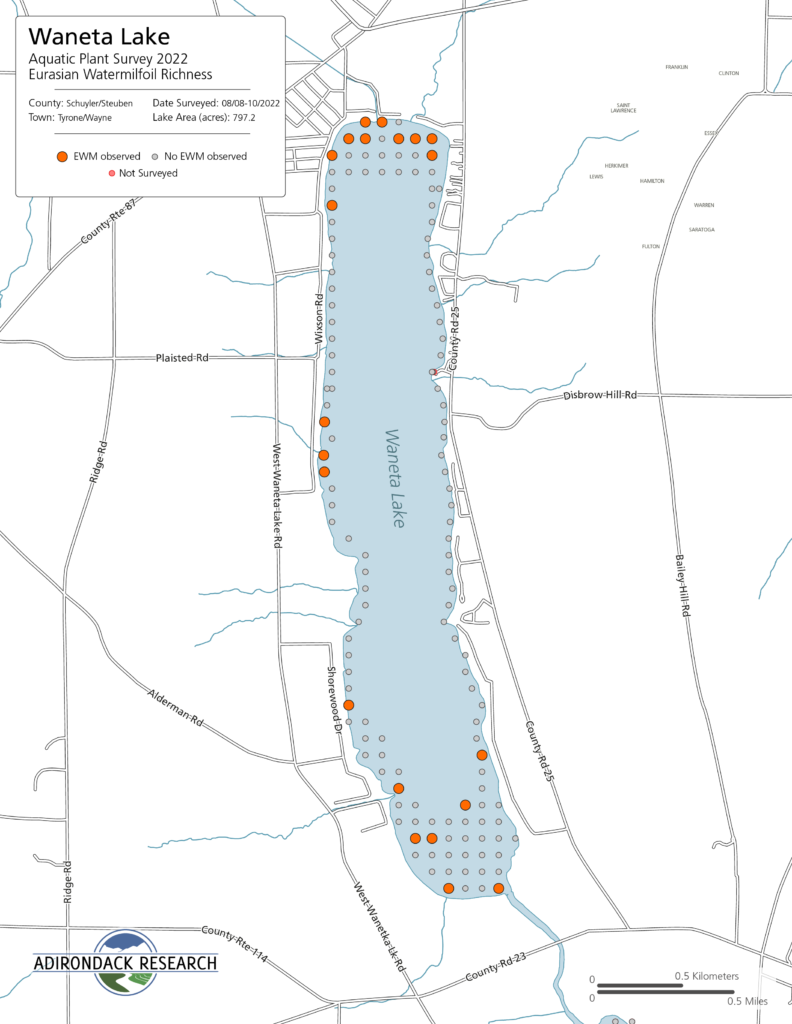
- Eurasian watermilfoil was found at 21 of 138 sampling points using the rake toss method in Waneta Lake in 2022. This is down from 37 pf 138 sampling points in 2021 (Table 1).
- Native plant frequency in Waneta Lake (expressed as the number of sample points where we found at least one native species by two rake-tosses per point) was 124 in 2022 (Table 2).
- Native plant species richness in Waneta Lake for 2022 was 16 species (Table 1).
- Non-native plant species occurrence (number of non-native species per sample point), that can include Myriophyllum spicatum (Eurasian watermilfoil), Najas minor (minor naiad), Nitellopsis obtusa (starry stonewort), and Potamogeton crispus (curly-leaf pondweed) in Waneta Lake, was 63 species records of 138 sampling points (Table 1).
- Non-native plant species richness identified by rake-toss in Waneta Lake during 2021 was four (Table 1).
- Mean water depth in Waneta Lake at the sample points measured in 2022 was at 4.86 feet or 1.48m (Table 2).
Lamoka Lake
- Eurasian watermilfoil was found at 5 of 166 sampling points using the rake toss method in Lamoka Lake and Mill Pond in 2022. This is down from 76 of 169 sampling points in 2021 (Table 1).
- Native plant frequency in Lamoka Lake and Mill Pond (expressed as the number of sample points where we found at least one native species by two rake-tosses per point) was 151 in 2022 (Table 3).
- Native plant species richness in Lamoka Lake and Mill Pond for 2022 was 17 species (Table 1).
- Non-native plant species occurrence (number of non-native species per sample point), that included Myriophyllum spicatum (Eurasian watermilfoil) and Potamogeton crispus (curly-leaf pondweed) in Lamoka Lake and Mill Pond, was 13 species records of 166 sampling points (Table 1).
- Non-native plant species richness identified by rake-toss in Waneta Lake during 2021 was two (Table 1).
- Mean water depth in Lamoka Lake and Mill Pond at the sample points measured in 2022 was at 3.50 feet or 1.07m (Table 2).



